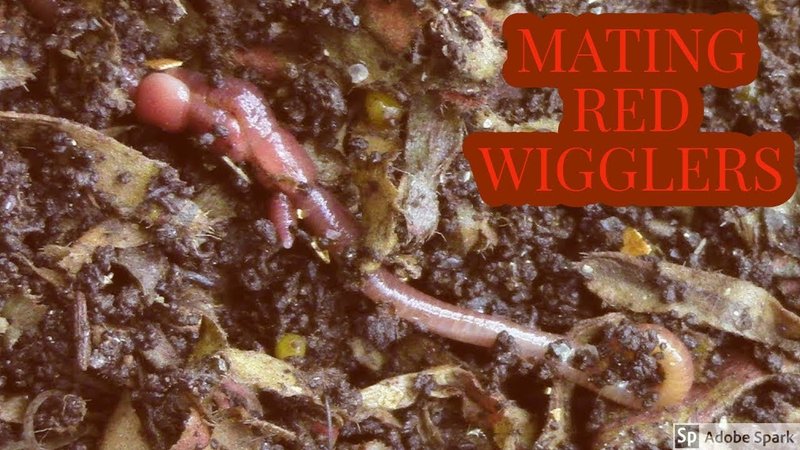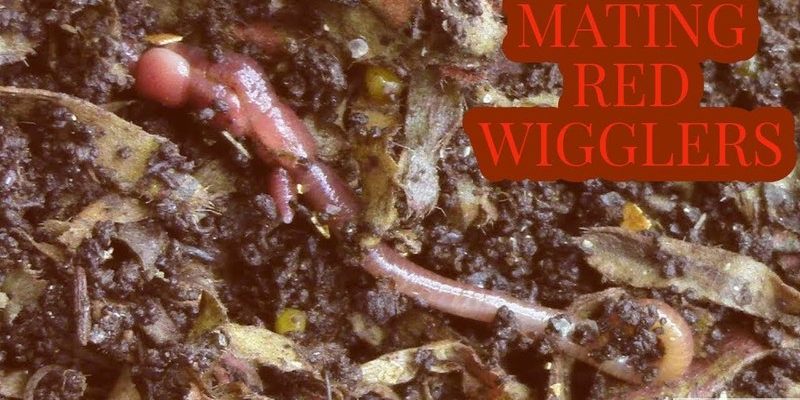
Imagine it: you set up a camera, maybe a simple GoPro or a wildlife cam like the Bushnell Trophy Cam, and suddenly, you’re an observer in the secret life of worms. These cameras capture everything from simple burrowing movements to interactions with their environment, giving us insights that would be hard to grasp just by digging in the dirt. It’s fascinating!
But how do you go about this? What kind of equipment do you need? Let’s explore the ins and outs of documenting Red Wigglers using field cameras.
Why Document Red Wigglers?
You might be asking yourself, “Why focus on Red Wigglers?” Well, these worms play a crucial role in our ecosystems. They break down organic matter, and their movement aerates the soil, allowing plants to thrive. By observing their behavior, we gain valuable insights into soil health and composting practices.
Plus, watching them can be surprisingly entertaining! You’d be amazed at how these little guys interact with their surroundings. Whether it’s helping decompose a banana peel or snuggling together in a cozy pile of leaves, capturing their behavior on camera can deepen our appreciation for them. It’s like having a front-row seat to nature’s recycling crew in action.
Moreover, documenting their behavior with field cameras can help us understand how environmental changes affect them, which can be crucial for sustainable farming and gardening practices.
Choosing the Right Camera
When it comes to field cameras, not all are created equal. You’ll want something that can capture clear, high-quality footage while being durable enough to withstand outdoor conditions. A good starting point is to look for features like motion detection, night vision, and weatherproofing.
Consider cameras like the Reolink Go or Trail Camera by Campark. They both have excellent battery life and can be set up without complicated installation. Here’s what to keep in mind when choosing a field camera for observing Red Wigglers:
- Resolution: Higher resolution means clearer images. Aim for at least 1080p.
- Night Vision: If you want to capture them during dusk or at night, infrared night vision is a must.
- Battery Life: Make sure it can run for long periods. Look for cameras with rechargeable batteries or long-lasting life.
- Size: A compact camera can be easier to place discreetly in your observation area.
Remember, the right camera can make or break your observation experience, so take your time to research what suits your needs best.
Setting Up Your Observation Area
Now that you’ve got your camera, how do you set up your observation area? This is where the real fun begins! Find a spot in your garden or a compost pile where Red Wigglers are likely to be active.
Here are a few steps to follow:
1. Choose the Right Location: Look for damp spots with plenty of organic matter. Red Wigglers love decomposing leaves, vegetable scraps, and moist soil.
2. Prepare the Area: If you’re documenting behavior in a compost pile, gently expose a section where you know they frequent. This will give your camera a clear view of their activity.
3. Mount Your Camera: Place your field camera on a stable surface nearby. Make sure it’s pointing toward the area you want to observe. You might want to experiment with angles for the best shots.
4. Adjust Settings: Depending on your camera, set it to capture footage during the specific times of day when Red Wigglers are most active, usually in the early morning or evening.
Let your camera run for a few days or even weeks. With patience, you’ll gather some fascinating footage!
What to Expect in Your Footage
Once you start reviewing your footage, you might be surprised by what you find. Red Wigglers have unique behaviors that can be quite entertaining to watch. You could see them:
– Burrowing: They twist and turn as they make their way through the soil, creating tunnels. This aeration is crucial for healthy soil.
– Mating: Yes, worms have a mating ritual, and you might be lucky enough to catch them in action. They exchange sperm with another worm to reproduce.
– Feeding: Watching them munch on decaying matter can give you insights into their diet and preferences.
Honestly, the more you watch, the more you’ll understand their role in the ecosystem. And who knows? You might even discover new behaviors that scientists haven’t documented yet!
Analyzing Behavior and Collecting Data
Now that you have your footage, how do you analyze it? You might want to keep a journal. Watching your video clips can help you notice patterns in their behavior.
1. Take Notes: Jot down timings and specific actions. For instance, note how long they spend eating or burrowing.
2. Look for Patterns: Are they more active during certain times? Do they prefer specific food items? Identifying patterns can enrich your understanding of their behavior.
3. Share Your Findings: If you discover something interesting, consider sharing your insights online. You might be contributing to citizen science projects or local gardening groups.
Documenting their actions not only enhances your knowledge but can also help others understand these amazing creatures.
Challenges You Might Face
Like any project, documenting Red Wigglers with field cameras comes with its challenges. Here are a few things to keep in mind:
– Camera Malfunctions: Sometimes, cameras can glitch or run out of battery. Make sure you check them regularly.
– Environmental Factors: Weather can affect visibility. Rain, bright sunlight, or snow can impact the quality of your footage.
– Limited Behavior: If conditions aren’t right (like too dry or too cold), Red Wigglers may not be active, so patience is key.
These challenges are part of the learning process. Think of them as opportunities to improve your setup or adjust your expectations.
Wrap Up and Next Steps
Documenting the behavior of Red Wigglers using field cameras is a rewarding venture. Not only do you get to witness the hidden workings of nature, but you also contribute to a broader understanding of soil health and ecosystem balance. It’s like being a scientist in your own backyard!
As you dive into this project, remember to have fun. Every observation teaches you something new, whether it’s about the worms, their environment, or even your filming skills. So grab your camera, set up your observation area, and begin your journey into the fascinating world of Red Wigglers. Happy filming!

